Differences Between Input And Output Devices: The hardware devices or parts that make up a computer system are numerous. A computer is created once every component is linked together and the vital software is installed. We typically employ input and output devices, however, to communicate with computer systems. Hardware devices can be divided into input and output devices. Nobody in the modern digital world is oblivious to the difference between input and output devices. The terms input and output devices have more to them than just their straightforward meaning. For a computer system to function properly, both of these are important.
The majority of gadgets are either input devices or output devices because they can only output data produced by a computer or accept data input from a person. I/O devices, on the other hand, are gadgets that can both accept input and provide output. Both input and output devices can be integrated into a computing device, such as the screen on a laptop or smartphone, or they can be independent, such as a mouse or external speakers hooked into a desktop computer in an office. They need to be under some sort of control. While the computer controls output devices, the user controls input devices.
Input and output devices differ significantly from one another. The fact that data is fed into the system through an input device naturally leads to differences between input and output devices. Input and output devices enable the computer system to exchange data with the outside world by transferring data into and out of the computer system. The system output device is used to send data out. The key distinction between input and output devices is primarily based on how they function. We will examine how input and output devices differ in this post.
Recommended: 7 Reasons for the Colonization of Africa
12 Key Distinctions Between Input And Output Devices
1. Description: An input device is any piece of hardware that enables the user to input data and knowledge into a computer. It is used to input information, instructions, or orders into the computer. The user’s data is accepted by the input device, which then sends it to the CPU for processing.

While an output device is any piece of hardware that executes a task using data from a computer. The output device gets the data from the processor and gives it back to the user.
2. Functionality: An input device can provide data to other devices but not receive data from them. However, an output device cannot transport data to another device.

It can only receive input from another device and use that data to produce output.
3. Necessity: Input devices are required for a computer to process data and accept orders from users.

A computer needs output devices to share its findings with users and to ask them for additional input and orders.
Also see: How To Start a Speech: Learn to Greet and Introduce Yourself
4. Example: Examples of input and output devices’ differences are yet another important distinction. The following are a few examples of input devices: a keyboard and mouse, microphone, webcam, image scanner, pointing device, touch screen, graphics table, optical character reader (OCR), joystick, etc.
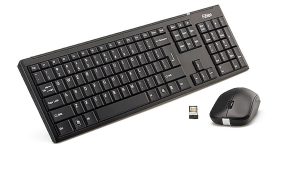
In contrast, examples of output devices include printers, monitors, speakers, LCD projection panels for projectors, microfilm output from computers, plotters, etc.
5. Complexity: As they include intricate code to make sure the user can interface with the computer properly, input devices are very difficult.
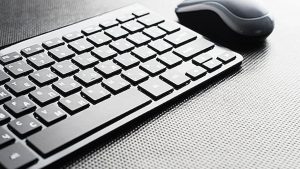
As they just display the results and require no process learning, output devices are easier for the user.
6. Translation: Another distinction between input devices and output devices is this. User-friendly instructions are converted into machine-friendly instructions via an input device.
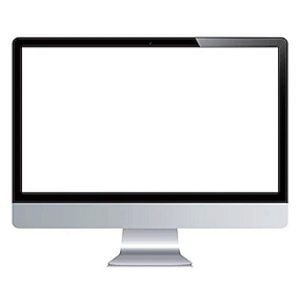
The output device, in contrast, converts machine instructions into user-friendly English.
See also: Countries With The Weakest Currency In The World 2023: Top 12 Lowest
7. Accessibility: Instructions are obtained from the user and sent to the computer using a data input device. The users should have easy access to it. It would be challenging (and dangerous) to use the mouse if it were within the computer’s tower case as opposed to being on top of the table.
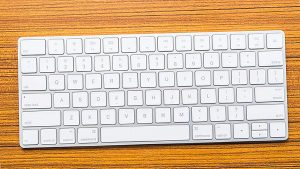
In contrast, output devices could be employed inside the computer as a vital component and do not require any kind of physical connection with it. The video/sound card expansions that fit into the motherboard’s slots are only one example.
8. Attributes and affordability: Usually, smaller than output devices, input devices have physical characteristics aimed at comfort and user-friendliness. Data entry is often handled by input devices using buttons, lenses, or microphones.
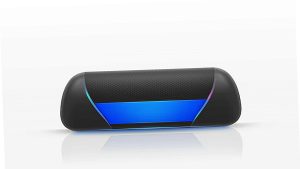
Output devices are more potent and concentrated on the output’s quality and size. Less expensive and more easily produced than output devices, input devices are smaller and more affordable. Cheaper than LCD monitors and printers are keyboards and mouse.
9. Computing Sequence: In computing, input devices are used before output devices. A user uses the keyboard and mouse to type in and navigate to a video on the Internet. The processor processes the information and plays the video back as moving images on screen and accompanying audio on the speakers.
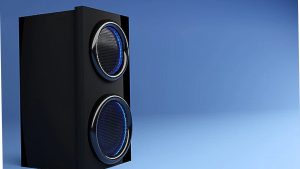
In computing, data input comes before data output. When you play an audio clip stored on a disk, all the processes you carry out, including double-clicking the file, are inputs. Utilizing input devices, you may tell the computer to perform certain actions, such as opening a folder, finding a file, loading a media player, and playing an audio file. These instructions are inputted into the computer, which then follows them and outputs the sound through the speakers to you. No matter if you’re editing a Word document or using the Internet to explore, all computing tasks follow the same order.
Also see: Biochemistry or Microbiology, Which Is Better? Answered
10. Form: Users physically engage with input devices, which have keys, buttons, a camera, or some other element that is in charge of actually entering the data.
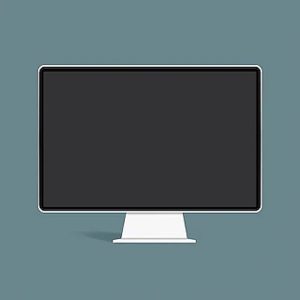
The majority of output devices are larger, never contacted, and include a screen or speakers to output data.
11. Control: Control is yet another key difference between input and output devices. When it comes to control, the user has control over the input device. The user that is the computer operator enters commands, information, and instruction into the computer.

However, the output device is managed by the computer, more specifically the Central Processing Unit, commonly known and referred to as the CPU.
12. Purpose: Every device has a component that connects to the outside world and is designed to take in specific “signals.” They could be, for instance, electrical, optical, or audio signals, and the receiving component could be a sensor, microcontroller, etc.

The input device converts those signals into electrical impulses, which are transmitted to the computer and interpreted by it as digital data. To read data from a computer, output devices are used. The computer’s ability to offer us the information we need is enabled by its output devices.
Also see: How to Handle Criticism: 12 Effective Ways to Deal with It
Conclusion
Above are the main distinctions between input and output devices. Devices used for input and output play crucial roles in the operation of computers. They give the system the information it needs for it to carry out a certain task. The system’s intended functionality is made possible through the interaction of the input and output, memory, and processing components. A computer’s input device transmits data into the computer, while a computer’s output device receives data that is sent to the computer. The output device copies or displays the data that was transmitted to the computer by the input device for processing. While most devices can just accept input or output, others can also accept input and show output.

Edeh Samuel Chukwuemeka, ACMC, is a lawyer and a certified mediator/conciliator in Nigeria. He is also a developer with knowledge in various programming languages. Samuel is determined to leverage his skills in technology, SEO, and legal practice to revolutionize the legal profession worldwide by creating web and mobile applications that simplify legal research. Sam is also passionate about educating and providing valuable information to people.